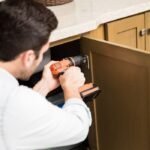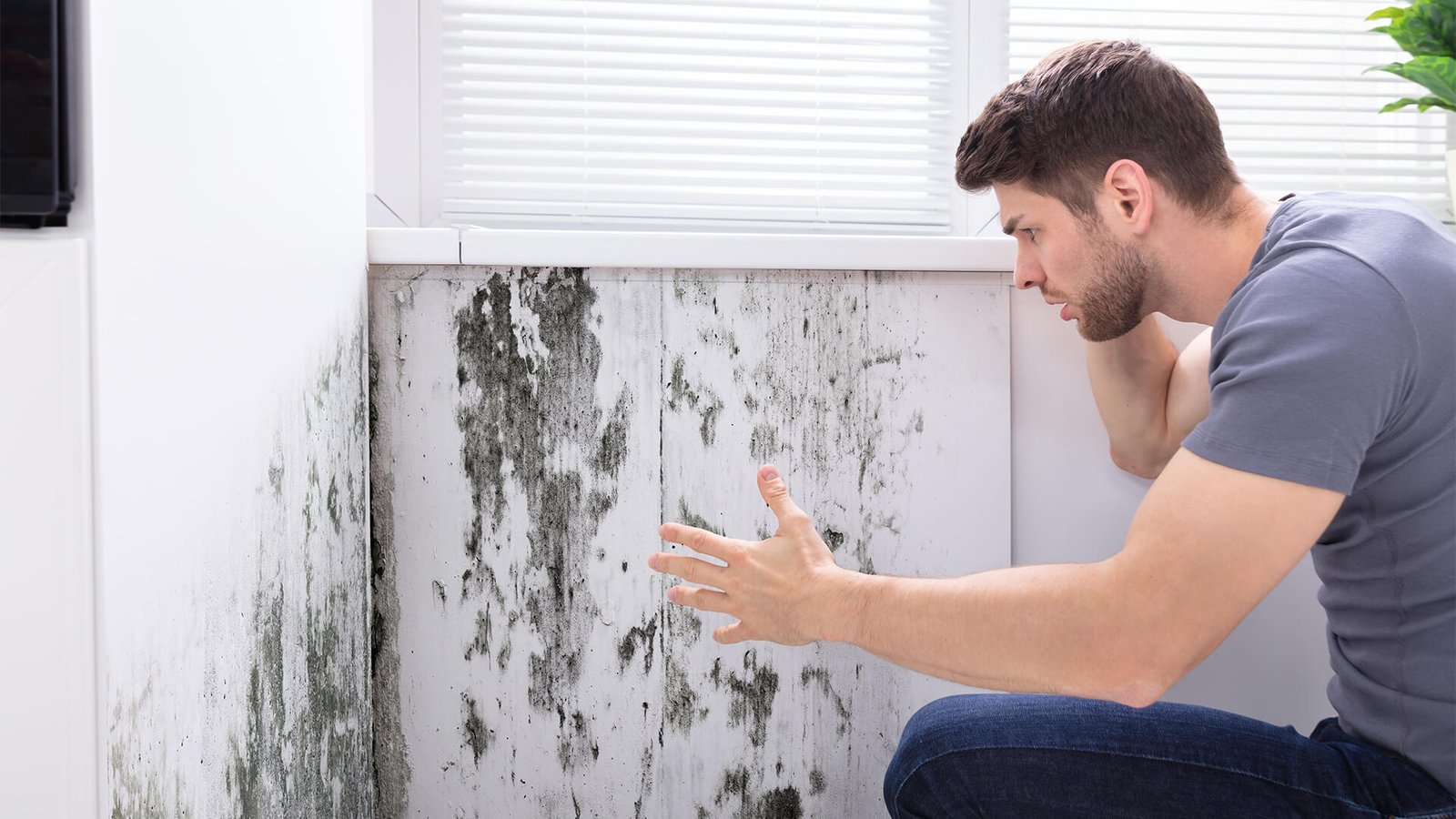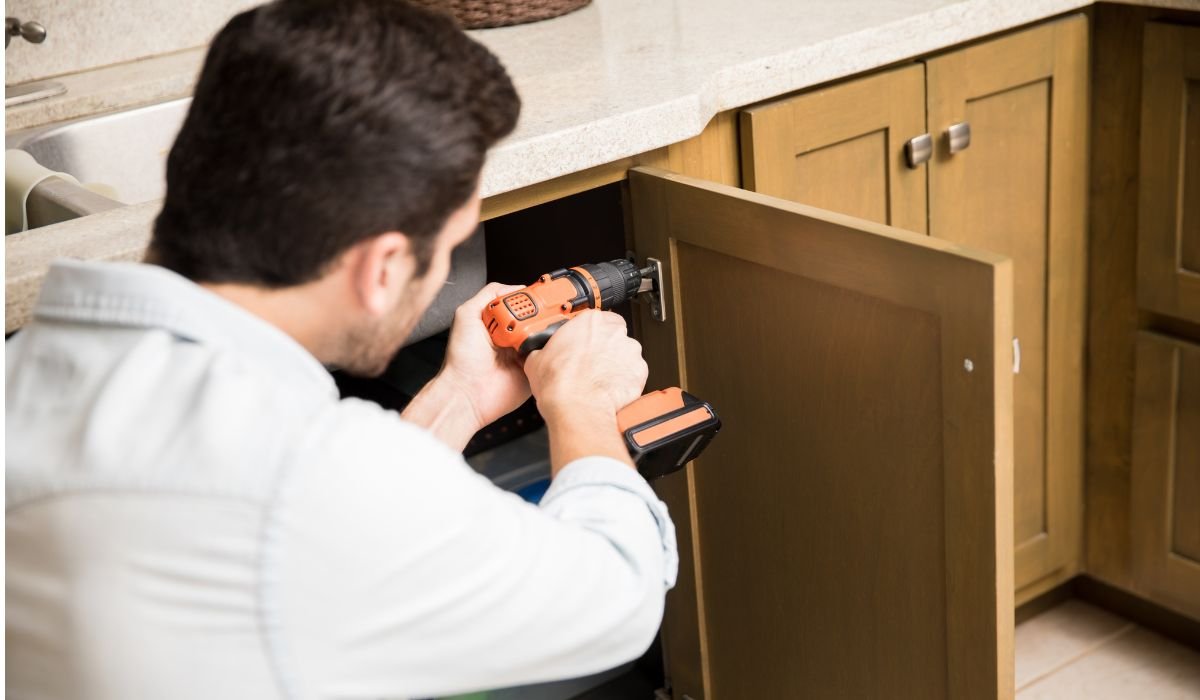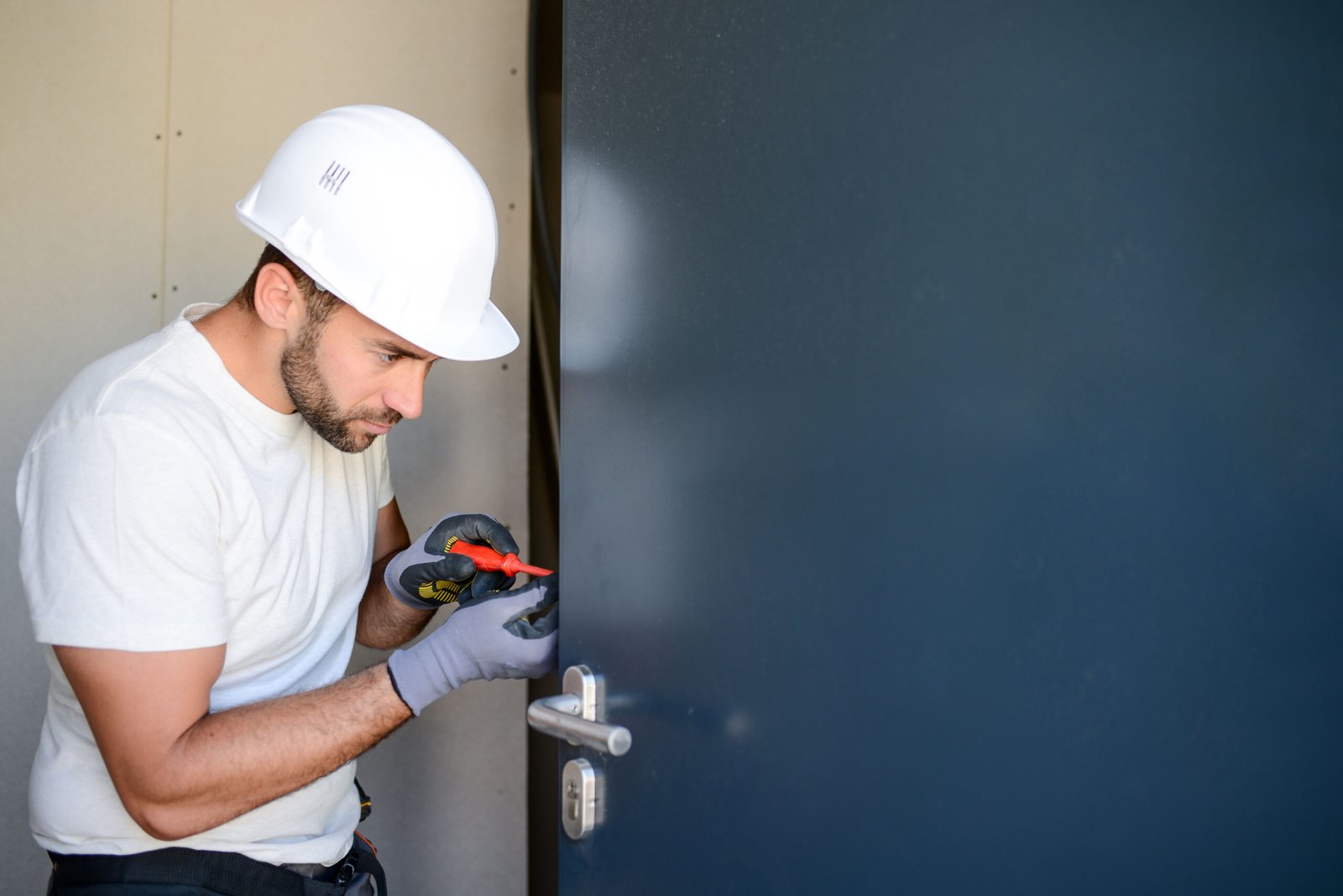Introduction to Mold
Mold is a naturally occurring fungus that often enters homes worldwide. It thrives in environments where moisture is present and can quickly turn from a minor inconvenience to a major problem if not addressed. One of the critical aspects of managing mold is understanding the necessity of mold remediation. This process involves professionally removing mold to prevent health hazards and ensure a safe living environment. A proper remediation process tackles existing mold and helps prevent it from spreading or returning.
The nature of mold is such that it can grow almost anywhere, given the right conditions. Ignoring small mold patches can lead to further growth, which can be costly and time-consuming. By understanding how mold operates and thrives, homeowners can better prepare to prevent it from becoming a serious issue within their living spaces.
Common Causes of Mold Growth
To effectively prevent mold, it’s crucial to understand the conditions that allow it to thrive. Mold requires certain conditions to grow: moisture, warmth, and nutrients in organic matter such as wood or plasterboard. The primary culprits for unwanted moisture in the home include leaky roofs, compromised plumbing, condensation, and inadequate ventilation. Even minor oversights in maintaining these systems can invite mold to settle and expand.
For instance, a seemingly insignificant leak under a sink can provide a continuous moisture source that, if left unattended, allows mold to establish itself and proliferate. The hidden nature of some leaks can make them particularly problematic. It’s important for homeowners to regularly inspect these areas and perform maintenance to ensure mold does not gain a foothold.
Health Risks Associated with Mold
Mold exposure has been associated with various health issues, ranging from mild allergic reactions to severe respiratory problems. Symptoms might initially seem like a common cold or allergy, including sneezing, itching, or watery eyes. However, prolonged exposure, especially in sensitive individuals or those with respiratory conditions, can lead to more severe outcomes such as asthma attacks or chronic sinus infections. As explained by WebMD, understanding how mold allergies work is pivotal in taking the necessary precautions to protect one’s health.
The mycotoxins produced by mold can be particularly concerning as they can cause toxic human responses. Thus, dealing with mold is not merely about maintaining an aesthetically pleasing home but also protecting the health and well-being of its inhabitants.
Effective Mold Prevention Strategies
Preemptive measures play an important role in keeping mold at bay. One of the simplest methods is maintaining low humidity levels within the home. Utilizing dehumidifiers, especially in high-risk areas like basements or bathrooms, can significantly reduce the conditions conducive to mold growth. Furthermore, ensuring that these spaces are properly ventilated helps dissipate moisture-laden air, inhibiting mold’s ability to thrive.
Another key strategy is vigilance regarding plumbing. Regular inspections and repairs of leaks in plumbing spots such as under sinks, around toilets, and near washing machines can prevent mold from gaining a new breeding ground. Homeowners should also focus on seasonal checks of roof gutters to prevent overflow and water accumulation near the foundation, which can make basements prone to mold.
Maintaining a Mold-Free Home
Consistent maintenance and vigilance are critical in preventing mold. Homeowners should perform regular checks, especially in dark and damp places like attics or crawl spaces. Setting up a routine inspection schedule allows potential issues to be detected early and corrected before mold develops. Furthermore, strategically placing houseplants that naturally moderate humidity can contribute to an environment that discourages mold proliferation.
Keeping indoor humidity levels in check and improving air circulation through the clever use of fans or open windows can make a substantial difference in maintaining a mold-free home. Consistent oversight and action are key to managing mold, even when no problem is immediately visible.
When to Seek Professional Help
Despite the best DIY efforts, there are times when professional intervention is the most effective solution. This is particularly true for large infestations or persistent mold problems that DIY treatments have failed to resolve. Mold remediation specialists have the tools and expertise to safely and effectively deal with mold, ensuring that it’s removed thoroughly and safely and helping to establish preventive measures for the future.
Knowing when to seek expert help can be crucial because attempting to handle significant mold issues alone can spread mold spores more widely and worsen the situation. Specialists can also assess the underlying causes of mold, providing insights for long-term solutions.
DIY Mold Inspection Tips
Homeowners can save themselves significant trouble by conducting regular DIY inspections for mold. These inspections should focus on vulnerable areas susceptible to moisture and include looking for visible mold spots, surface discolorations, and any telltale, musty odors. Proactively conducting these checks can catch issues before they become more substantial problems.
Simple tools like a humidity meter can help monitor moisture levels in the home, and identifying potential problem areas can serve as the first line of defense against mold invaders.
Conclusion
Mold may be a persistent adversary, but it can be effectively managed with vigilance and informed action. Controlling mold within the home relies on a multi-faceted approach: understanding its causes, implementing preventive strategies, and recognizing when to call in the professionals. Regularly engaging with trusted resources such as the Environmental Protection Agency can provide homeowners with updated information to combat mold effectively.
By integrating the strategies outlined in this guide, you can maintain a healthy and aesthetically pleasing household environment.











